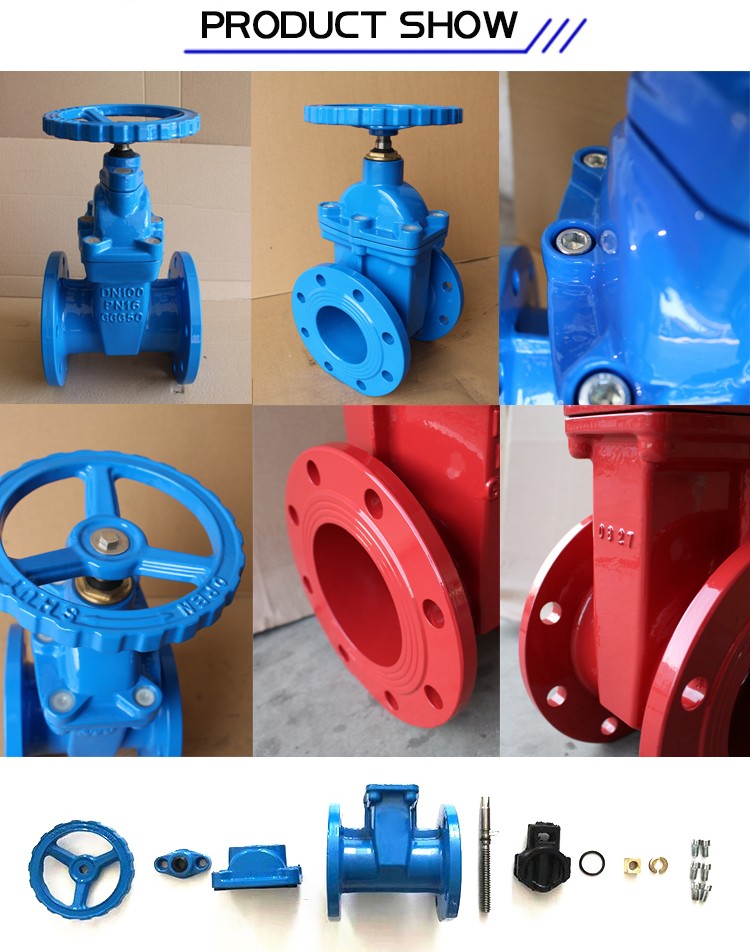FAQ of Rising Stem Gate Valve
what is rising stem gate valve?
The design of the gate valve makes it ideal for the free flow of fluids. When the gate valve is fully open, the gate is completely drawn into the valve body so that the pressure and flow through the valve is consistent with the connected piping.
How to Operate the Rising Stem Gate Valve?
The threads of the rising stem gate valve are located on the outside of the valve body. When the valve is open, the gate valve stem moves upward. rising stem gate valves are usually made of cast or forged steel, while non-rising stem gate valves are usually made of brass, bronze or cast iron.
The rising stem gate valve can be used in high pressure classes up to class 2500 or up to 420 bar, while the non-rising stem gate valve is usually used in medium pressure classes.
In this way, you can visually track the degree of opening of the rising stem gate valve. With a rising stem gate valve, it is easy to tell if the valve is open or closed by looking at the number of exposed stems. If the handle is flush with the pipe (no exposed stem), the valve is closed. If there are many exposed stems, the valve is open
You May Also Want to Know...
What is a rising stem valve?
The rising stem gate valve has an exposed lifting stem, the nut is fixed against the handwheel (no rotational axial movement), the rotation of the stem and the gate is only relative movement, and there is no relative axial displacement up and down the valve flap and the stem together. Non-rising stem gate valve valve lifting screw only rotates and does not move up and down.
Advantages and disadvantages of rising stem gate valve.
Easy to open and close.
Small fluid resistance, sealing surface by the media scouring and scouring.
Media flow is not limited, no turbulence, no pressure reduction.
The sealing surface is easy to be corroded and scratched, and maintenance is difficult.
Larger structure requires more space and long open time.
A non rising stem globe valve is an external stem valve, also known as a swing stem gate valve or a blind stem wedge gate valve. In an NRS valve, the stem will rotate to open and close the gate, but the stem does not move up and down as it rotates. As the stem rotates, it moves in and out of the non rising stem globe valve, which also moves the gate to open or seal the non rising stem globe valve.
What are the Advantages and disadvantages of non rising stem globe valve?
Concealed stem valves take up little space and are ideal for gate valves where space is limited. An opening and closing indicator should generally be installed to indicate the degree of opening and closing.
Non-lubricated stem threads can lead to media corrosion and easy damage.

